+86 311 85258258
+86 311 85258258
Shell mold casting is a metal casting process similar to sand casting, in that molten metal is poured into an expendable mold. However, in shell mold casting, the mold is a thin-walled shell created from applying a sand-resin mixture around a pattern. The pattern, a metal piece in the shape of the desired part, is reused to form multiple shell molds. A reusable pattern allows for higher production rates, while the disposable molds enable complex geometries to be cast. Shell mold casting requires the use of a metal pattern, oven, sand-resin mixture, dump box, and molten metal.
Shell mold casting allows the use of both ferrous and non-ferrous metals, most commonly using cast iron, carbon steel, alloy steel, stainless steel, aluminum alloys, and copper alloys. Typical parts are small-to-medium in size and require high accuracy, such as gear housings, cylinder heads, connecting rods, and lever arms.
shell mold casting is a relatively simple process that’s comprised of just six steps.
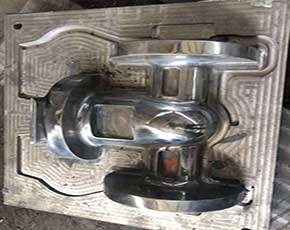
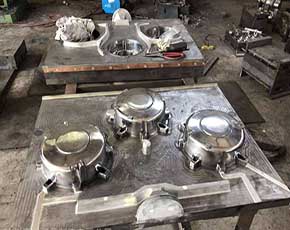
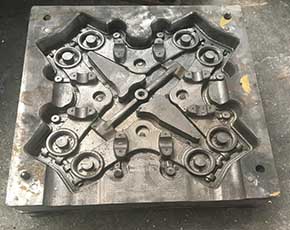
A two-piece metal pattern is created in the shape of the desired part, typically from iron or steel. Other materials are sometimes used, such as aluminum for low volume production or graphite for casting reactive materials.
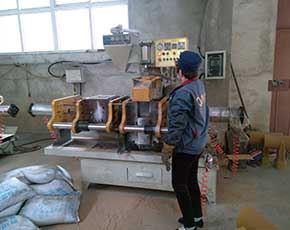
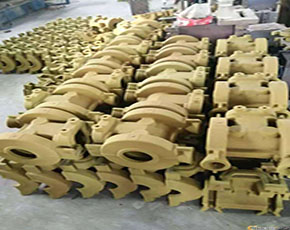
First, each pattern half is heated to 175-370°C (350-700°F) and coated with a lubricant to facilitate removal. Next, the heated pattern is clamped to a dump box, which contains a mixture of sand and a resin binder. The dump box is inverted, allowing this sand-resin mixture to coat the pattern. The heated pattern partially cures the mixture, which now forms a shell around the pattern. Each pattern half and surrounding shell is cured to completion in an oven and then the shell is ejected from the pattern.
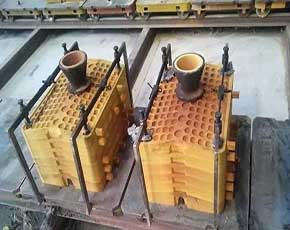
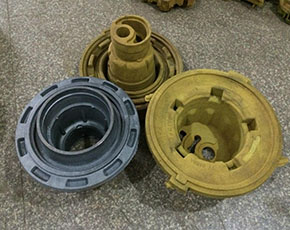
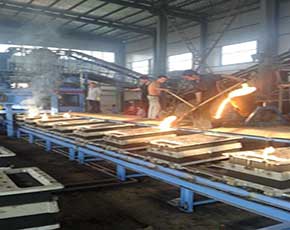
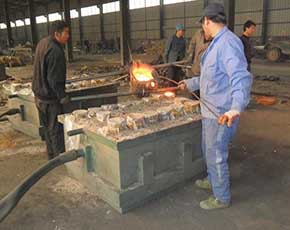
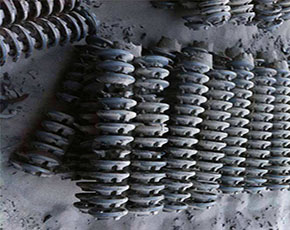
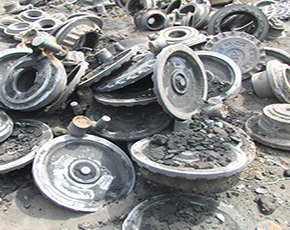
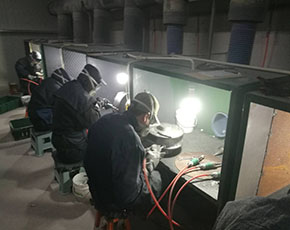

This process offers better dimensional accuracy, higher productivity and lower labor requirements than sand casting. It is typically used for small to medium sized parts that require high precision.
Shell casting is used for ferrous and non-ferrous metals. The most commonly used are cast iron, carbon steel, alloy steel, stainless steel, aluminum alloys and copper alloys. Typical parts cast using this process are small to medium sized and require high precision, such as gearboxes, cylinder heads, connecting rods and lever arms.
The inner surface of the shell mold is very smooth and rigid. This allows the liquid metal to flow easily through the mold cavity during casting, resulting in castings with very good surface finishes. Shell casting enables the manufacture of complex parts with thinner cross-sections and smaller protrusions than wet sand casting.
Manufacturing with the shell mold process also imparts high dimensional accuracy. tolerances of 0.010 inch (0.25 mm) are possible. When cast by this process, further machining is usually not required.
Shell sand molds are less permeable than wet sand molds and the binder may generate significant amounts of gas when in contact with the molten metal being poured for casting. For these reasons, shell molds should be well ventilated.
The cost of shell casting is increased by the cost of the thermosetting resin binder, but reduced by the fact that only a small amount of sand is used compared to other sand casting processes.
The shell casting process can be easily automated.
The special metal models required for shell casting are expensive, making it a less desirable process for short runs. However, for high volume production, manufacturing by shell casting may be economical.
Can be fully automated, reducing labor costs and facilitating mass production
Good and consistent surface finish can reduce processing costs compared to sand casting
Few gases are generated because no water is present in the shell and because the sand is permeable, these gases can easily escape through the thin shell walls
Burning of resin binders on the shell surface facilitates easy removal from the casting
The process allows casting of complex shapes of various sizes with good surface finish
Very little scrap is produced and can be recycled The sand resin mixture can be recycled by burning off the resin at high temperatures
Low mold costs and short lead times
A wide range of metal alloys can be cast using this process
Typical tolerances are only 0.005 mm/mm and the casting surface finish is 0.3-4.0 µm (50-150 µm) - this is better than sand casting because finer sand is used. The resin also contributes to a very smooth surface.
The pouring system must be part of the model, as the entire mold is formed from the model, which can be expensive.
Phenolic resin is expensive, but not much is needed since only the shell is formed.
Equipment costs can be high
Material strength is poor compared to other casting processes
Shrinkage may be a problem
High porosity may be a problem.
Even if the surface finish is better than sand casting, secondary processing is usually required.
Labor costs can be high if the process is not automated
Modern shell casting offers versatility. Many industries use this form of manufacturing extensively. Today companies employ shell casting to create cylinder heads, valve bodies, connecting rods, cam shafts, lever arms, bushings and gear housings. From automotive and consumer goods to industrial manufacturing, shell molding and shell casting play an important role in production.
For many years, Zen Young Foundry has been providing customized metal casting services for various industries and project types.
Mining Engineering Machinery Casting Parts
If you are looking for a solution that fits your custom metal Sand casting project, Zen Young can help you produce perfect metal parts through a reliable casting process.
We always welcome special material and difficult parts and would like to help our comstomers utmost.
Investment casting is one of the traditional casting methods. That is, the metal is heated to the temperature of the molten liquid, and then the material is poured into a mold designed with a suitable negative space and gated to effectively completely fill the molten metal. Once the metal has cooled and solidified, the metal part can be removed from the mold for finishing. Investment casting, also known as lost wax casting, is usually used to make jewelry and metal parts with complex shapes.
The material used to make molds for sand casting is sand, not ceramics. Due to the roughness of sand, sand casting is most commonly used for large castings, which usually require less detail precision and tolerances.
Die casting is a kind of metal casting process, which is characterized by forcing molten metal under high pressure into the forming cavity. The cavity is made using two hardened tool steel molds, which have been processed into a certain shape, and die casting works similarly to injection molds.
We will choose different casting methods for processing according to the product shape, material and your working conditions. Many years of processing experience can guarantee the quality of the casting parts.
For further information about our shell casting services, contact us via the convenient website form or submit a request for quote directly.